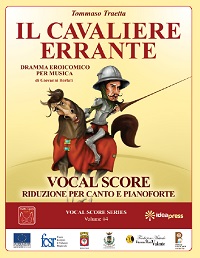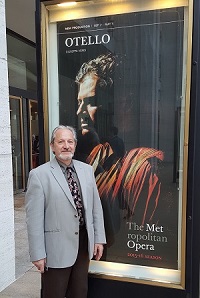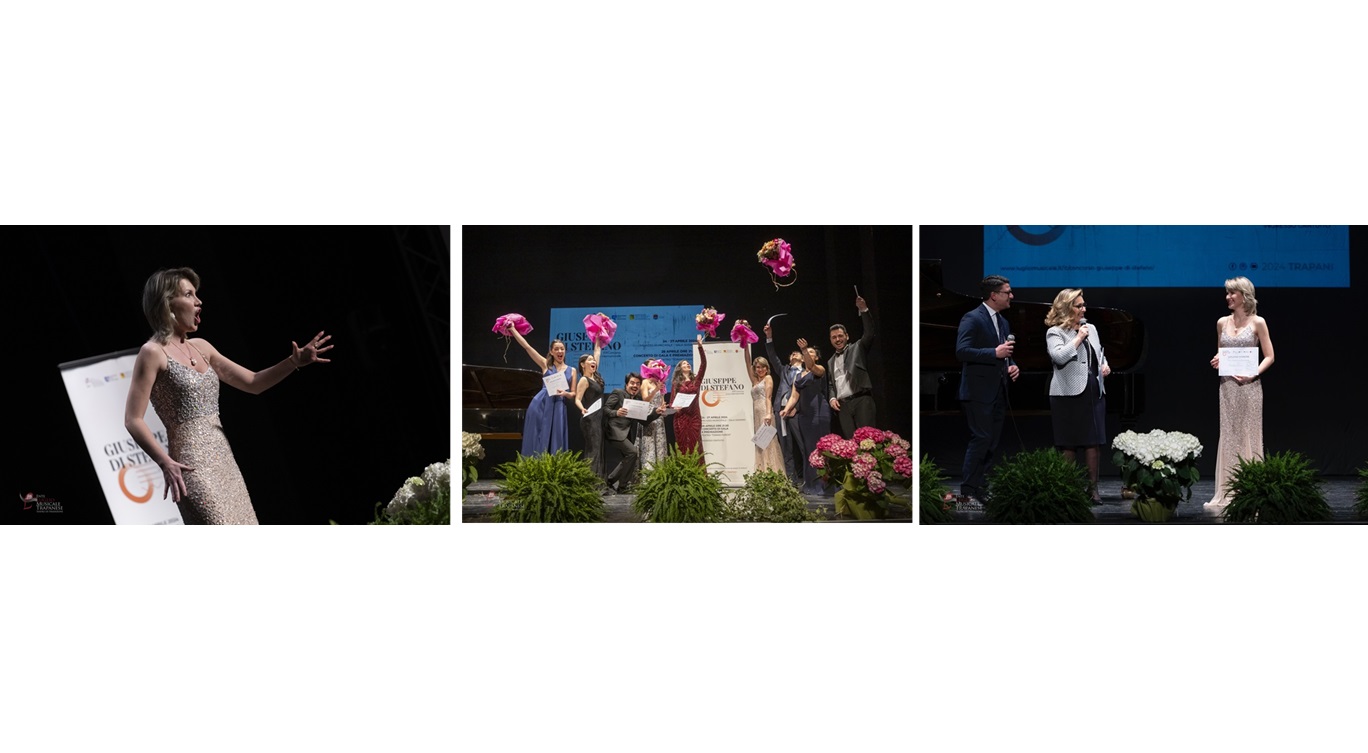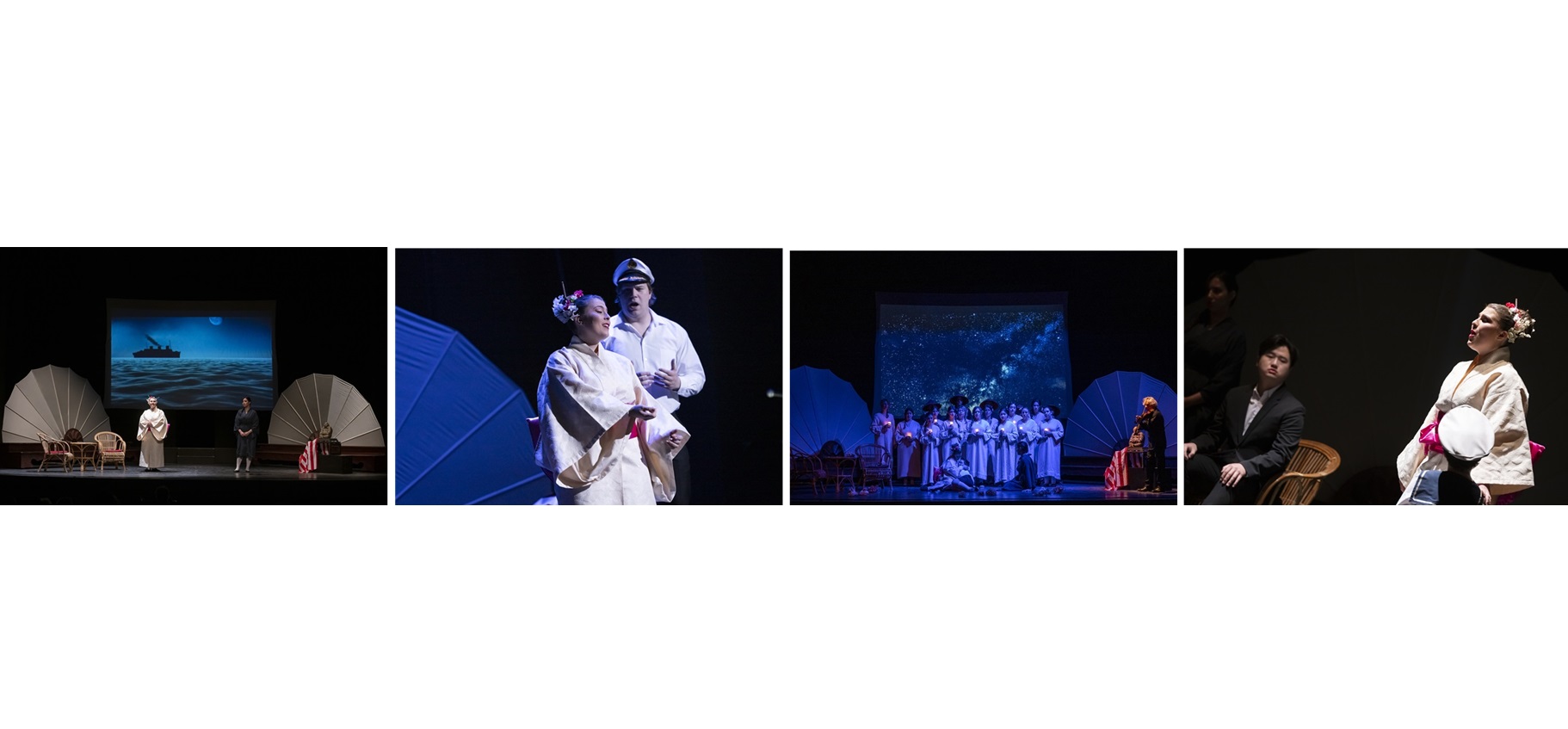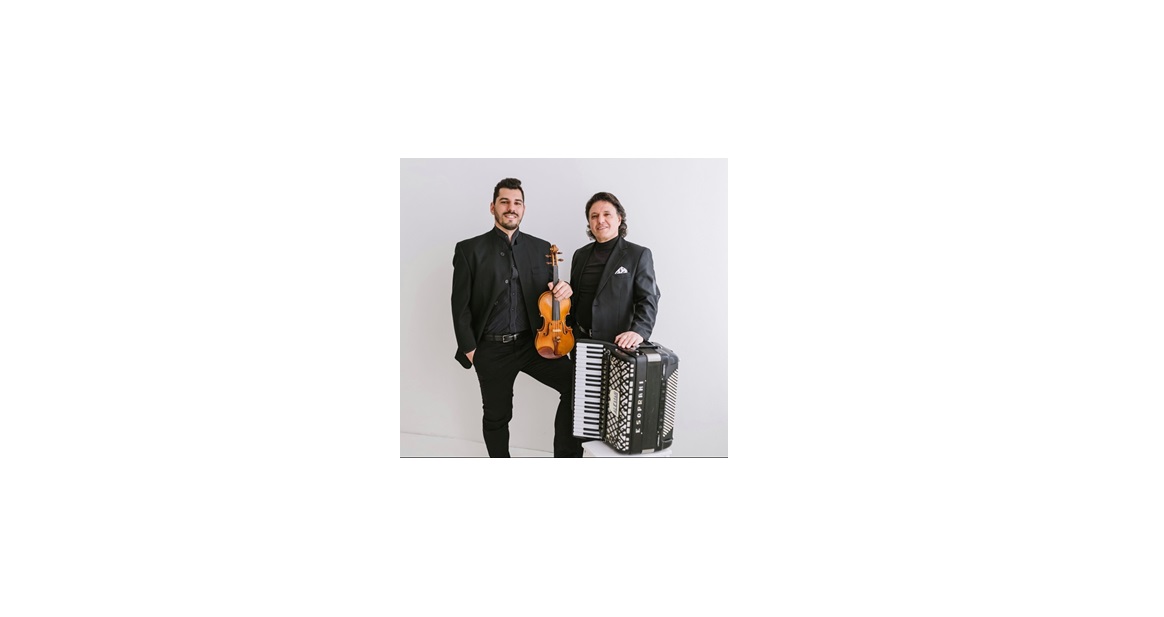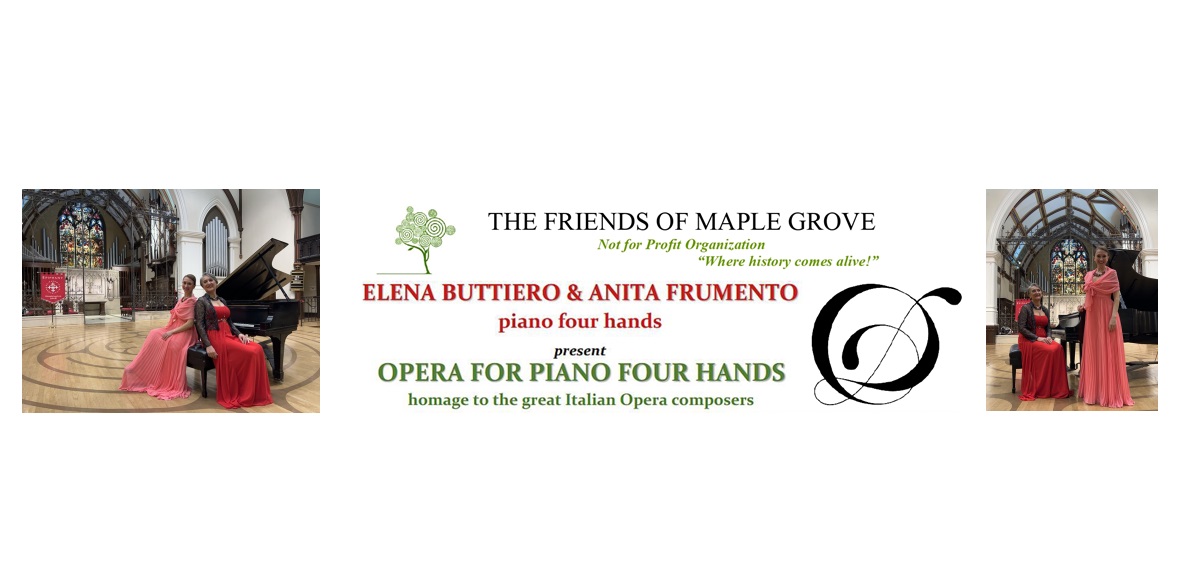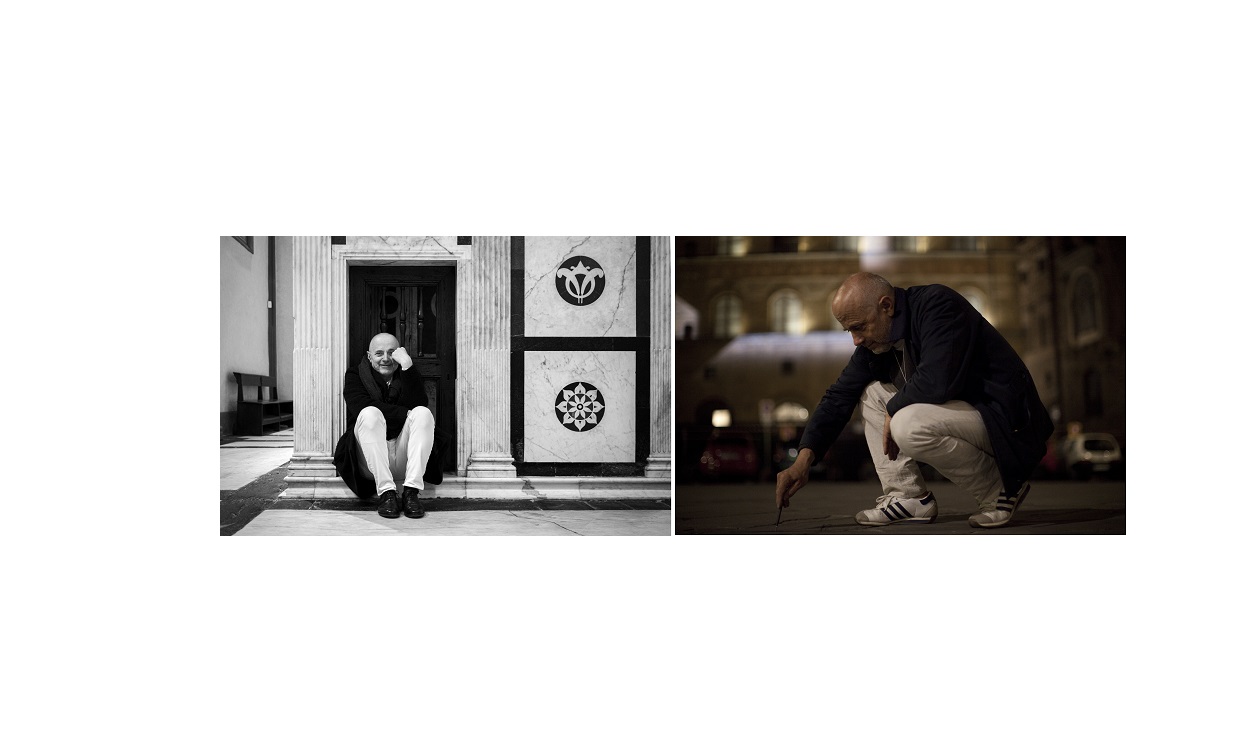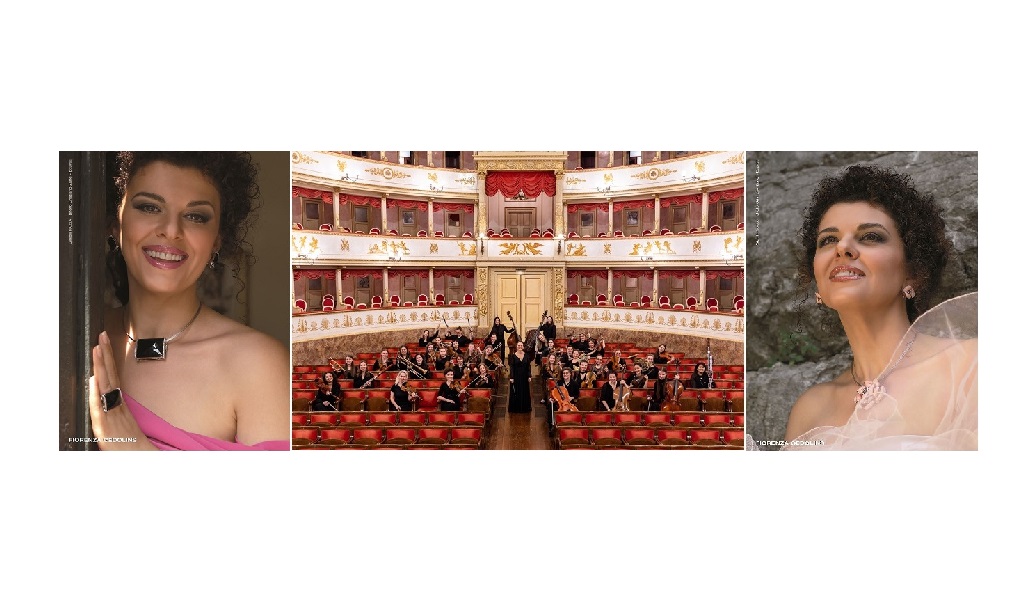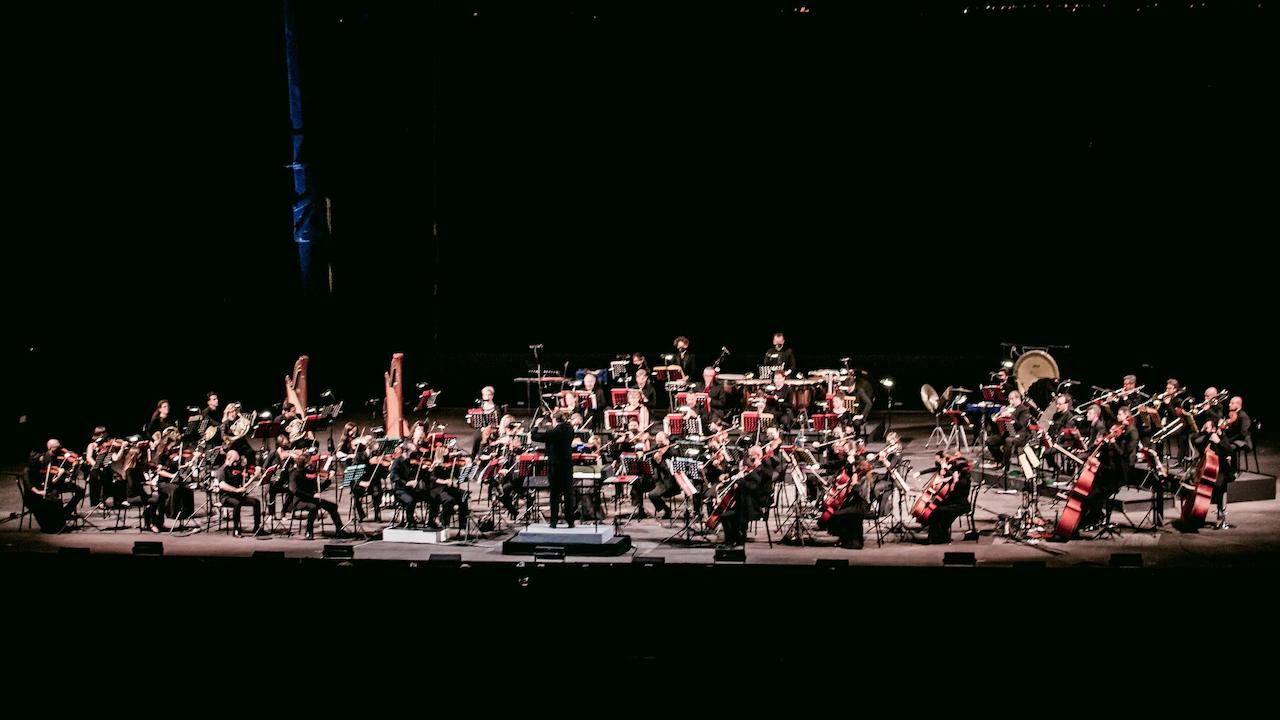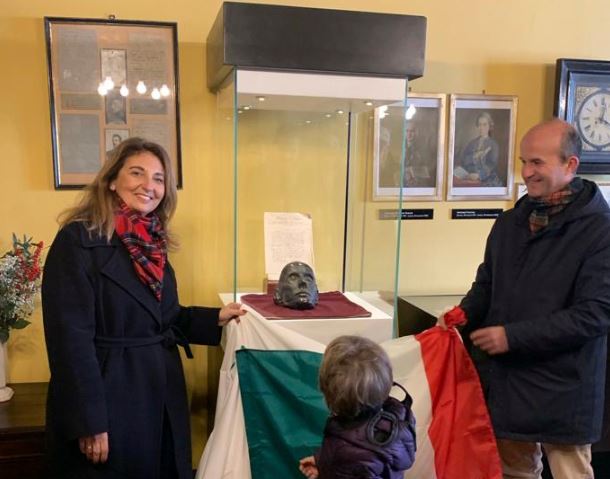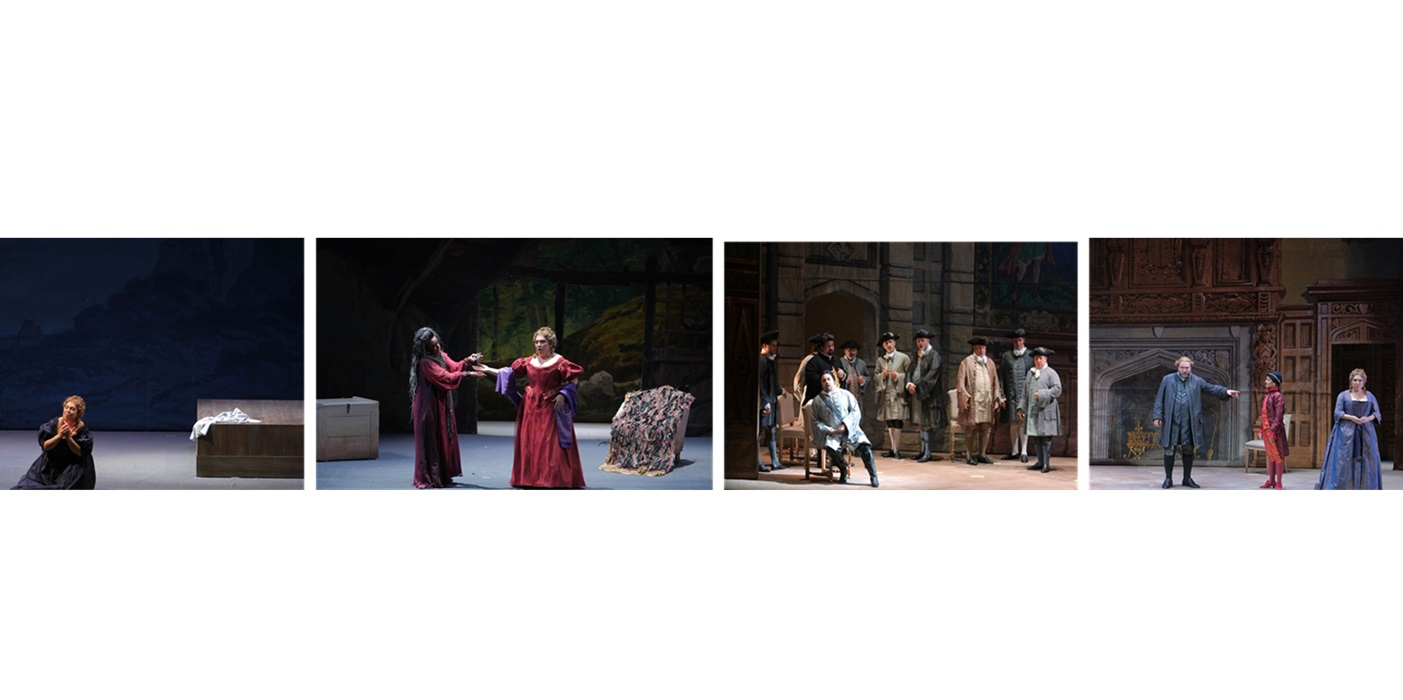By Erica Miner, 11 January 2015
The European continent met the British Isles at the San Diego Symphony, with compositions by Glinka and Korngold, culminating in Sir Edward Elgar’s ever-popular Enigma Variations. At the helm of this pleasurably diverse program was the formidable Edo de Waart, replacing an ailing Sir Neville Marriner. De Waart’s international reputation as maestro extraordinaire reaches from Europe to the US. Clearly the SDS musicians and audience alike welcomed his presence.

De Waart launched the evening with Glinka’s exhilarating overture to his seldom performed “magical” opera, Ruslan and Ludmilla. The entire five act opera is usually relegated to St Petersburg and the Bolshoi; the overture and Ratmir’s aria are two of the few extracts commonly heard elsewhere in the opera world. This does not detract from the overture’s ability to buoy up and delight audiences, and De Waart’s rendering with SDS was no exception. From the first exuberant notes, he showed complete command of the ensemble, whether in meticulous, precise beats with the baton or sweeping gestures with his arms. The music is particularly challenging for the strings, especially the violins, and the SDS fiddlers were exceedingly capable of executing the concerto-like passages with virtuosity and assurance. Clocking in at a scant five minutes, the work proved a brilliant opening strategy to light a fire under the eager audience.
Korngold’s Violin Concerto is as unfamiliar to most audiences as Glinka’s overture is recognizable. Nonetheless the piece has great appeal, especially the spirited final movement, whose virtuoso elements invariably delight the audience. Russian-born violinist Alina Pogostkina, whose youth belies her impressive background of appearances with a lengthy list of major orchestras and conductors worldwide, seemed perfectly comfortable with the work’s intricacies, and in fact tossed off many of the concerto’s most demanding passages with striking facility. No small burden for any violinist attempting this piece is Jascha Heifetz’s legendary association with it. Pogostkina seemed unfazed by this constraint. She impressed with her huge, vibrant sound in the first movement, created a magical atmosphere in the second movement, with its dreamlike moments reminiscent of Korngold’s sublime opera Die Tote Stadt, and positively exploded in the technical fireworks of the third movement with a stunning display of virtuosity that could only be described as electrifying. Even more impressive was the clarity she brought to her performance, delineating each passage distinctly and forcefully but never overstating, all with fiery spirit. She is a complete violinist in every sense of the word, a natural on the instrument, and left the audience wanting more. In fact they got what they wanted as an encore: a delightful rendering of one of Bartok’s Violin Duos, in collaboration with excellent guest concertmaster Frank Almond. The two violinists meshed perfectly and engagingly, as if performing for themselves, with immense pleasure.
The program’s pinnacle work was delivered in grand style for the finale with de Waart’s gracious, imposing rendering of Elgar’s Enigma Variations. De Waart, who showed an intimate familiarity with the distinct style of playing involved in the composer’s works, generously coated his interpretation with grace, majesty, grandeur and poignancy. Yet with all its nobility, the maestro subtly brought out the music’s many stark contrasts. He was able to communicate his stylistic acumen to the orchestra brilliantly, and they adapted beautifully to his deep understanding of the music. De Waart allowed for breadth in the slow sections, such as in the theme and first variation (with its Wagnerian Tristan cadence), and communicated lightness and playfulness in the lively, scherzo-like variations.
Enigma prominently features the string sections, and the maestro brought out their lyric capabilities. The lush violin sound, with its sheen of silky velvet, floated ephemerally, alternately sumptuous and delicate as a capricious breeze. The dovetailing of the strings and winds was clearly defined, yet had a gentle quality. The principal violist and cellist, vigorously backed up by their sections, made the most of their prominent lyrical solos. The brass and timpani were given their chance to shine in the seventh variation, with the violins impressively keeping up at breakneck pace (even more so in the eleventh variation), and then shimmering delicately in the Massenet-like Variation 13.
The “Nimrod” variation is powerful enough to stand on its own, and it is no wonder that it has been adapted as the choral piece, Lux Aeterna, as well as in a version recorded by the Band of the Coldstream Guards. With De Waart’s broad strokes emphasizing both the delicacy and the dignified breadth of the piece, even those with not a drop of British blood might have felt a surge of exaltation from this, possibly the most quoted of all the variations. Everything moved together beautifully toward the finish with Brahmsian lushness, and Sibelius-like rhythm, and at the climax, a chance for the horns to display their best Straussian capabilities. The orchestra sounded, in a word, magnificent. De Waart and Elgar meshed together exquisitely, in an ideal synthesis of understanding and keen insight into this noble work.




